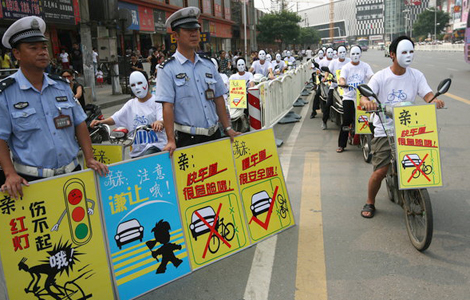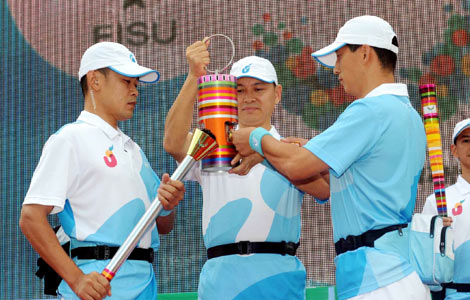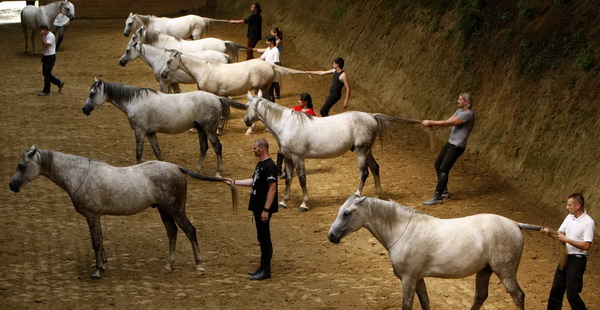China hikes low-income subsidy amid inflation
Updated: 2011-08-11 21:31
(Xinhua)
|
|||||||||||
CHENGDU - More than two thirds of Chinese provinces are hiking cost-of-living subsidies to low-income families to help them weather the impact of a spike in inflation.
In Chengdu, capital city of Sichuan province, each of the 300,000 low-income residents will start to receive a quarterly subsidy of 135 yuan ($21) no later than Aug 20, the government said Thursday.
The living expenses of low income groups in Chengdu rose over three percent year-on-year in the second quarter, said officials with the city's development and reform committee. The amount of the subsidy was set with particular consideration to the rise of food prices, they added.
Further increases of the subsidy are possible if living costs keep growing at a rate of 3 percent or above, the officials said.
Chengdu is among 22 provinces, municipalities and regions that have decided to raise the subsidies for the low-income families, according to media reports.
Some 90 million people will benefit from the subsidy hikes by the end of the year when the amount of the subsidy is pegged to the rise of consumer prices and goes into effect nationwide, the National Development and Reform Commission (NDRC) recently announced.
Zhou Wangjun, vice director of the NDRC's price department, said the government will continue to improve the subsidy scheme to let it follow the price rises more efficiently.
The official said that would be the most effective way to help people in need.
China's consumer price index (CPI), the main gauge of inflation, shot up 6.5 percent year-on-year, hitting a 37-month high. The surge was mainly due to a 14.8-percent increase in food prices, according to the National Bureau of Statistics.
The price of pork, a staple food in China, soared by nearly 57 percent in July, the bureau said in its Tuesday release of monthly inflation data.
The CPI rose 5.4 percent year-on-year for the first half of the year, well above the government's 4-percent target for the year.
Related Stories
Inflation reaches 3-yr high at 6.5% 2011-08-10 10:46
China inflation in mild, controllable range 2011-08-10 09:24
Inflation reaches 3-yr high at 6.5% 2011-08-10 09:21
China drains liquidity amid record inflation 2011-08-09 15:31
Hot Topics
Anti-Gay, Giant Panda, Subway, High Speed Train, Coal Mine, High Temperature, Rainstorm, Sino-US, Oil Spill, Zhu Min
Editor's Picks

|

|

|

|

|

|







